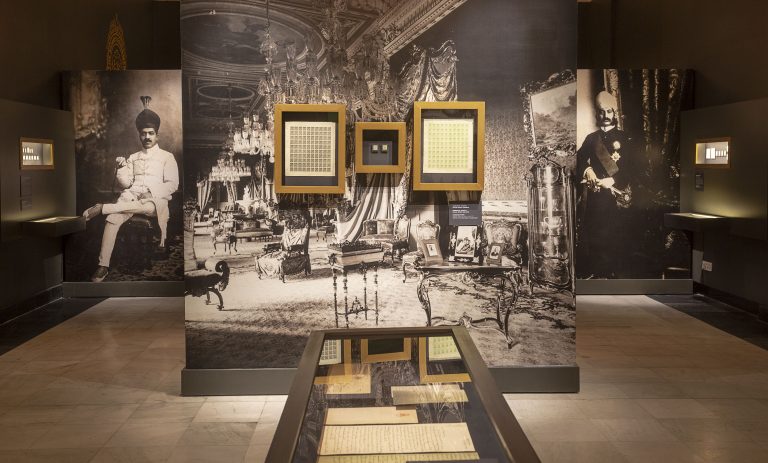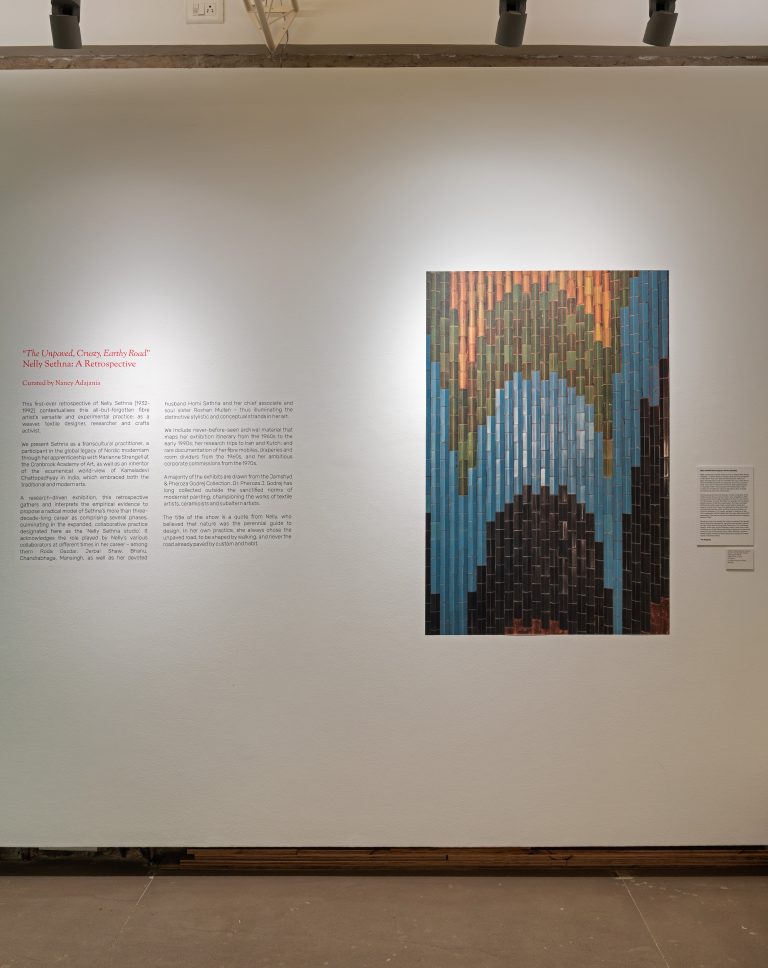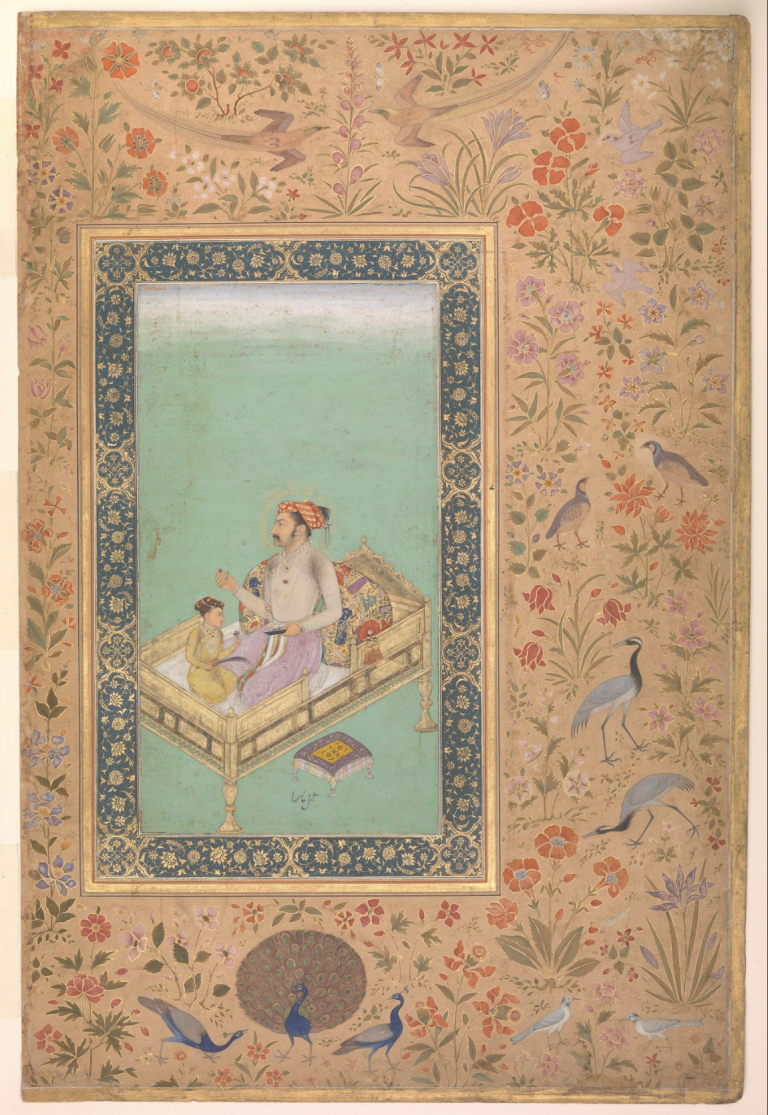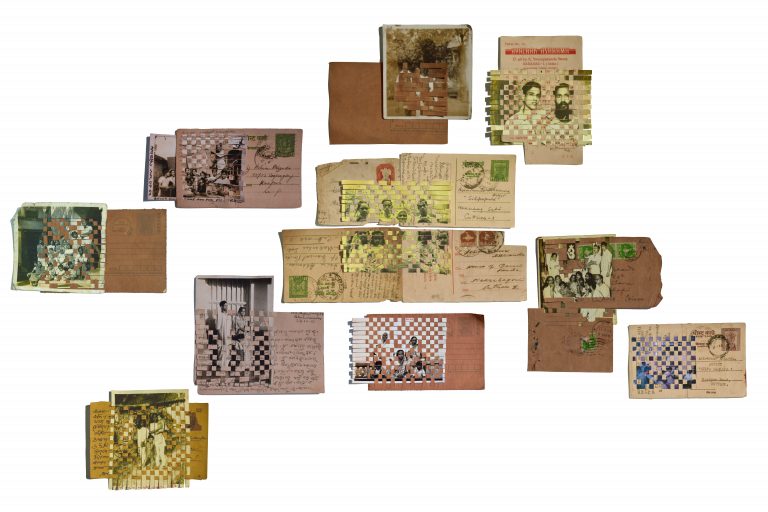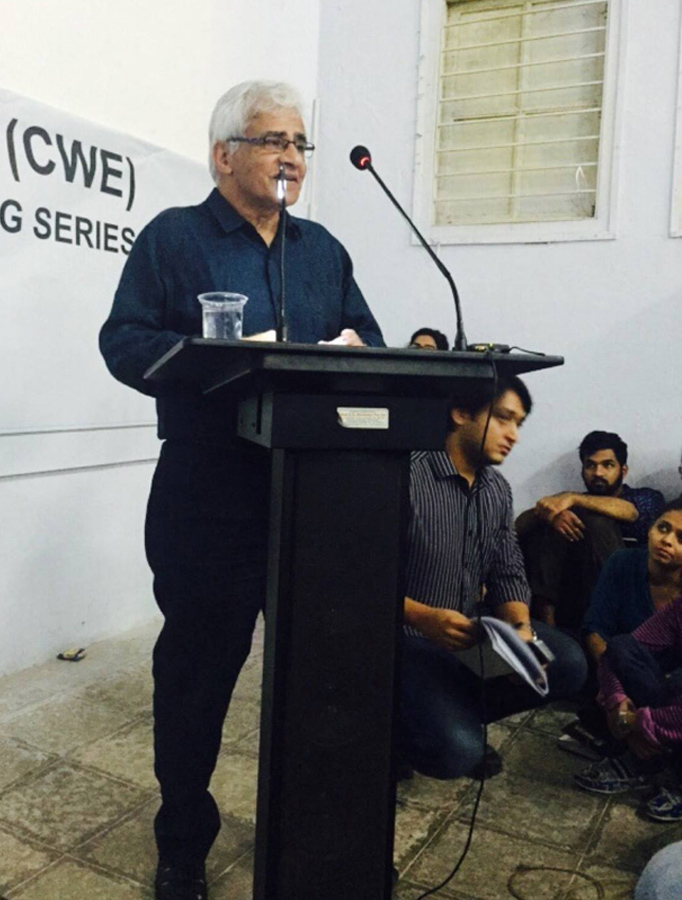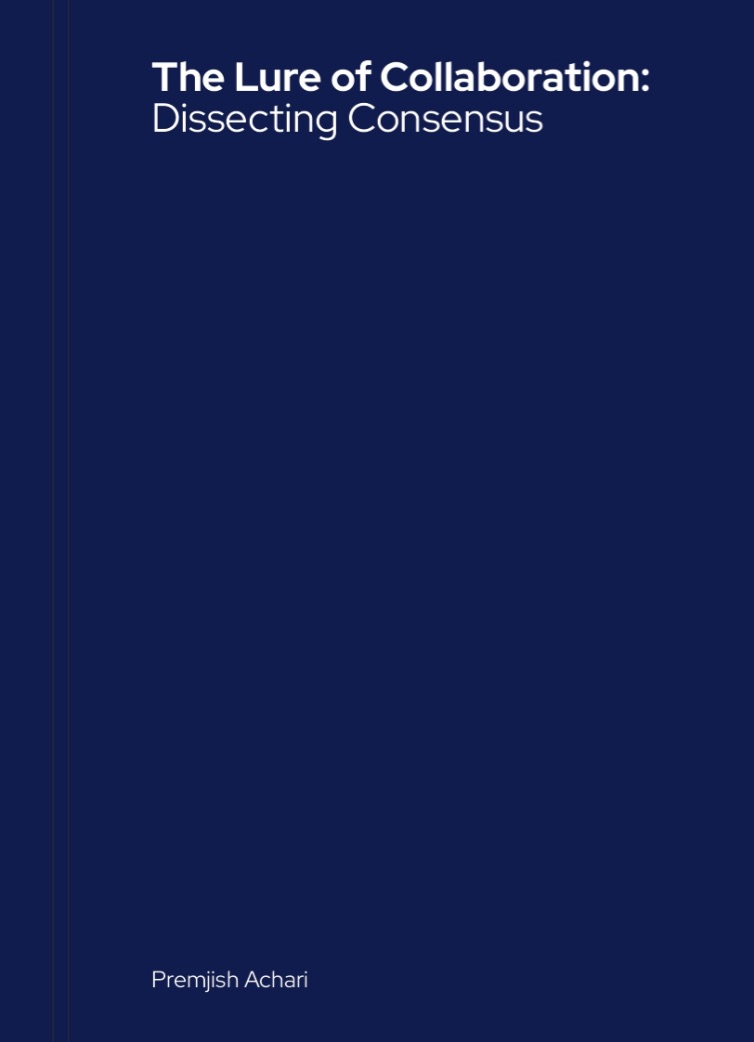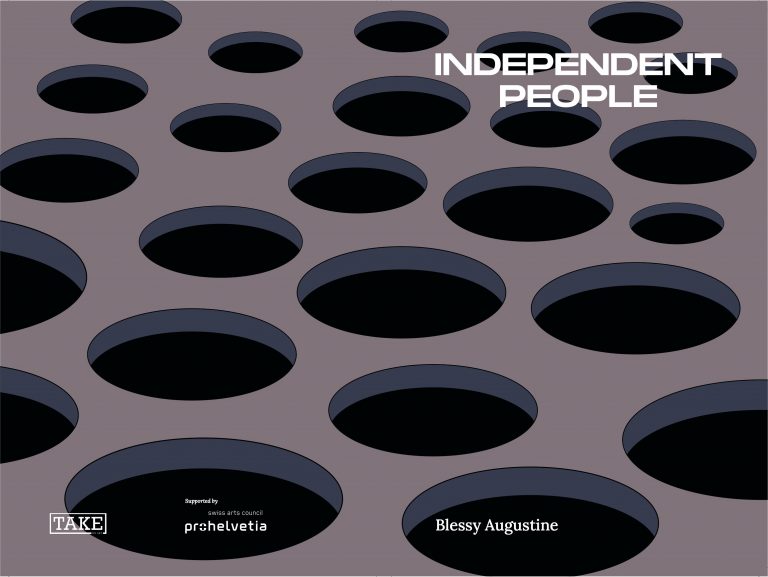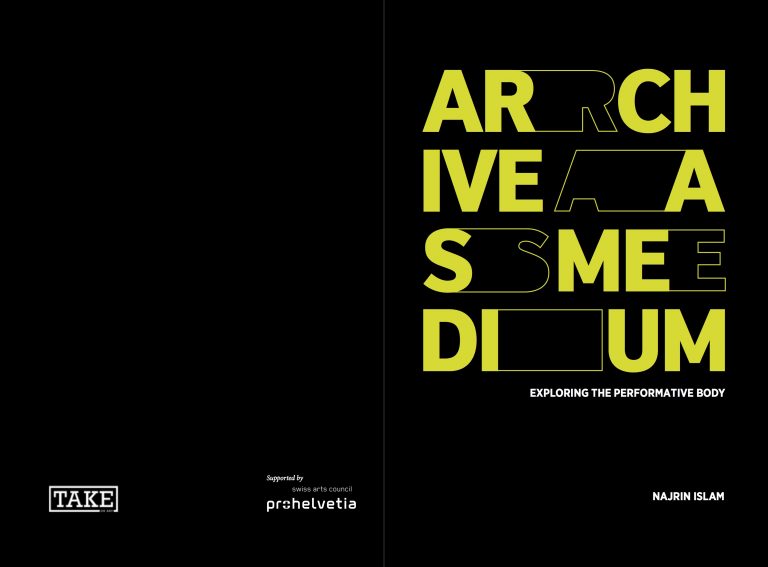Philanthropy: Every Idea is a Seed in Time
Hope, funding, a dignity of livelihood and mentorship are core values for me and The Gujral Foundation, where we support the growth of intent and the future of ideas. My happy quotient lies in the expansion of giving and watching these idea seeds grow into much larger projects and careers. For instance, ‘Artdemic’: It was a project that began during the pandemic with a very small open call to fund young artists. We started with two to three micro grants per week and three years in, we continue to fund artists every month and are now looking to establish Artdemic as a much larger platform that really nourishes young artists’ futures in a very competitive and fast-growing art world.
Read More





